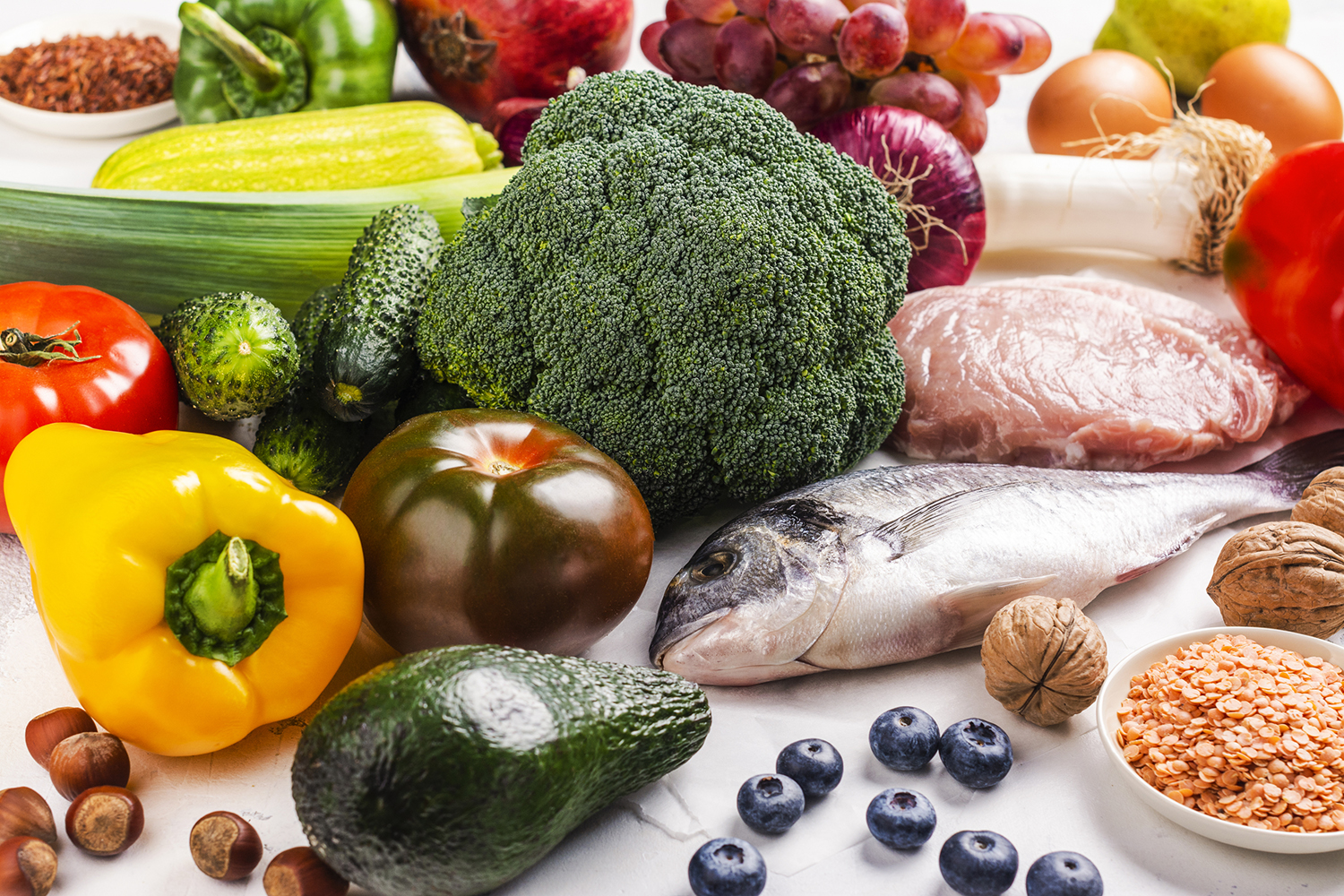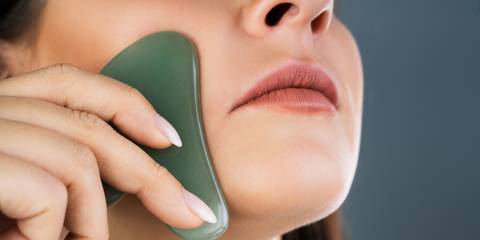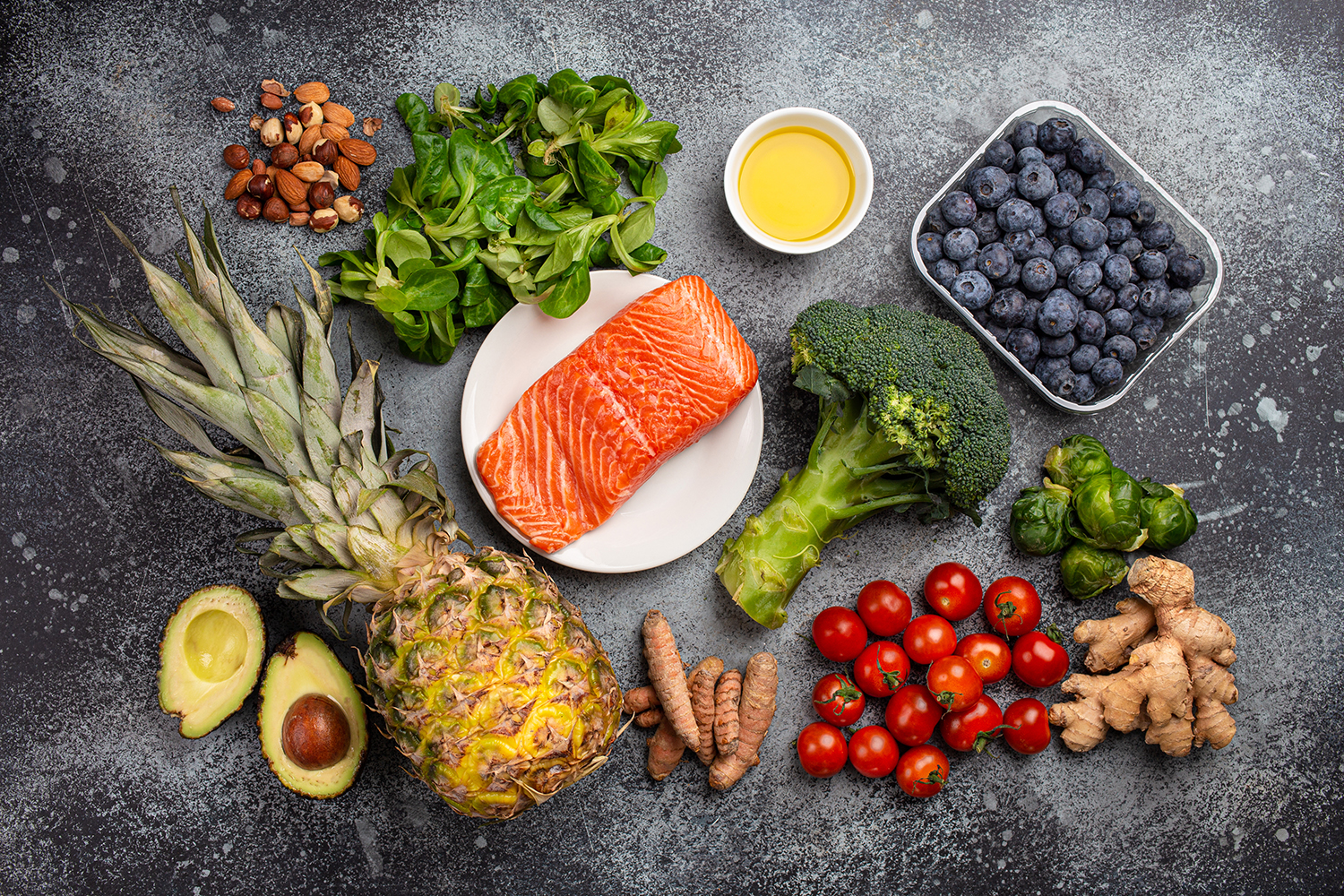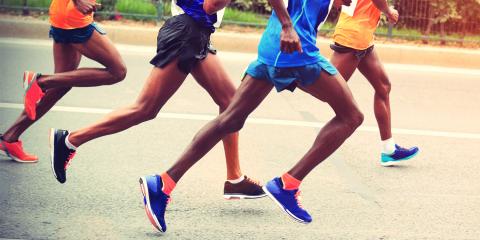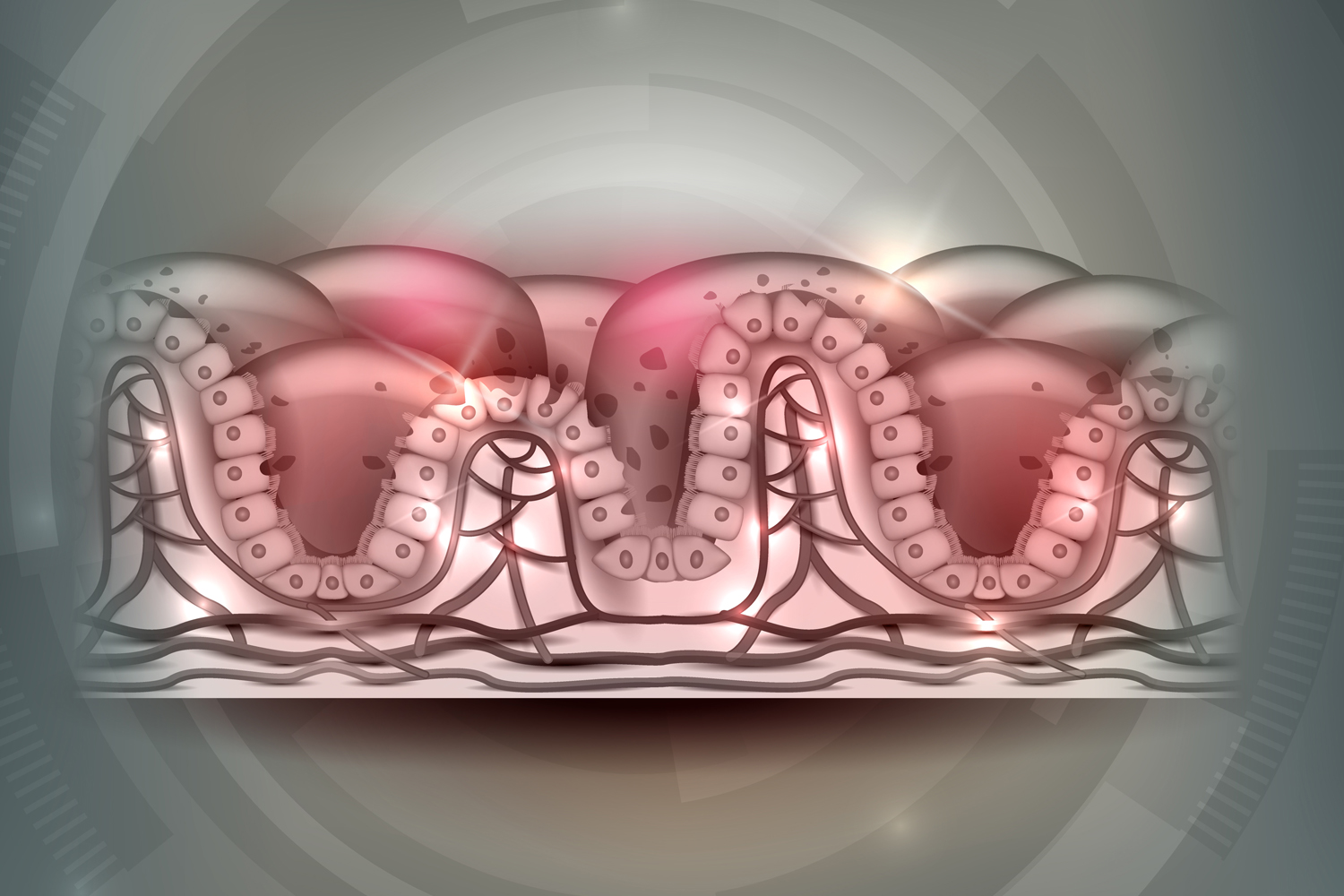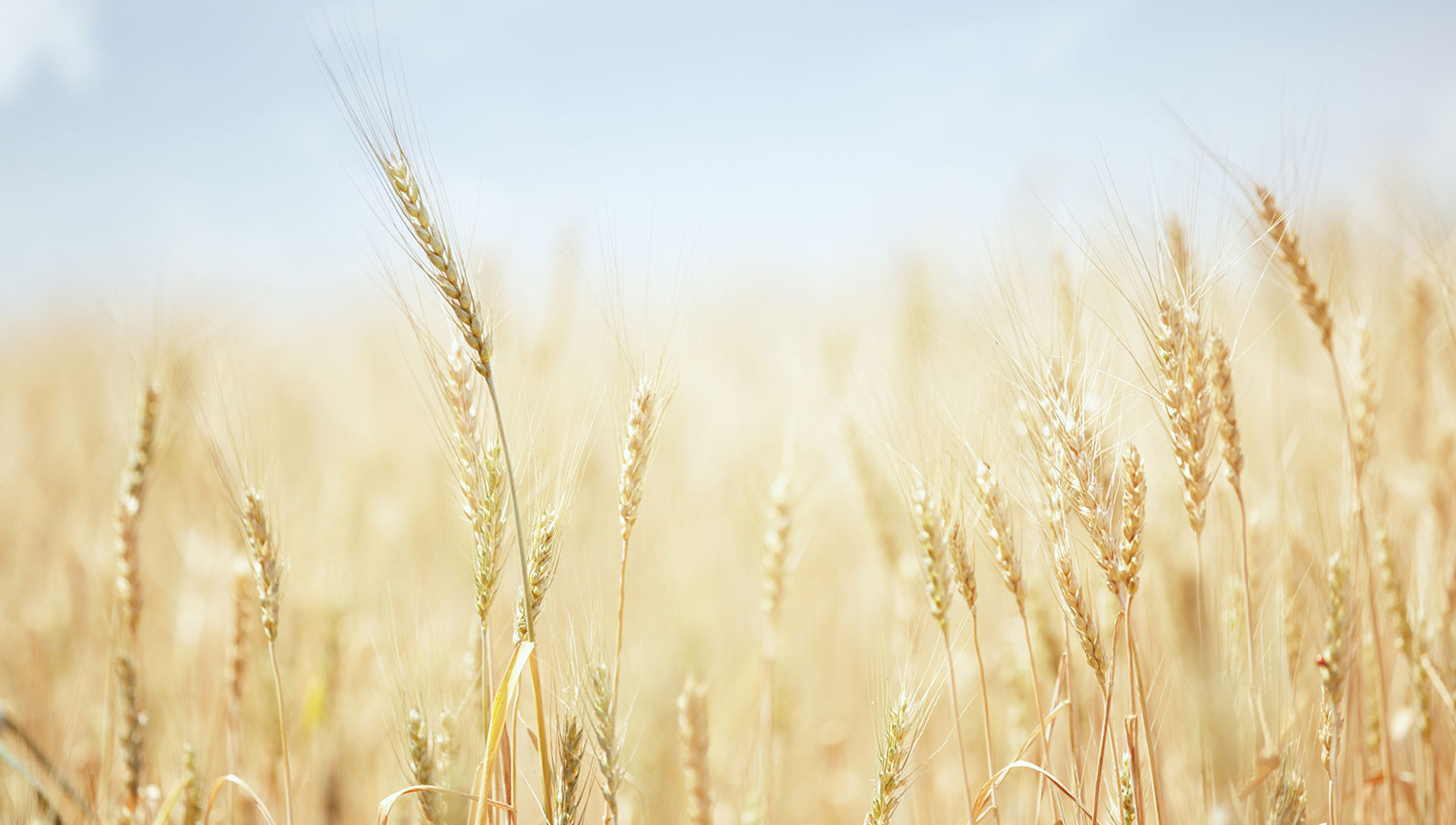If you are looking for a new diet without the rigid constraints of a vegan or Paleo diet, the up-and-coming Pegan diet, also known as the paleo-vegan diet, may be right for you.
What is The Pegan Diet?
The Pegan diet, featured on The Dr. Oz Show, and noted as one of the “hottest new diets” in Redbook magazine, combines qualities of the vegan diet and the Paleo diet.
The diet, created by Dr. Mark Hyman—a doctor, blogger, and author—allows a more flexible, affordable meal plan, which may ease inflammation and aid weight loss.
While the traditional vegan diet is plant-based and eschews all animal products, the Paleo diet follows a strict “stone-age” meal plan and avoids modern, processed foods. The Pegan diet combines the two, allowing dieters to eat nutritious, unprocessed, sustainably made meals that may contain fruits, vegetables, and small amounts of meat.
However, the diet avoids sugar, chemicals, dairy, gluten, and large amounts of animal products that could cause inflammation.
Dr. Hyman notes that each Pegan dieter’s approach should be personalized to fit her or his lifestyle and medical needs.
Can You Eat Meat on The Pegan Diet?
Pegan dieters may eat limited amounts of meat in a sauce, or as a side dish or condiment. Fish or sustainably farmed meats, like grass-fed beef, are encouraged as they provide protein and omega 3s.
Dieters may eat up to two eggs with breakfast.
Restrictions in The Pegan Diet
- Beans should be limited since they may cause bloating and other digestive discomfort.
- Eating dairy and gluten is discouraged.
- Whole grains that do not contain gluten or affect blood sugar can be eaten sparingly in Pegan meals.
